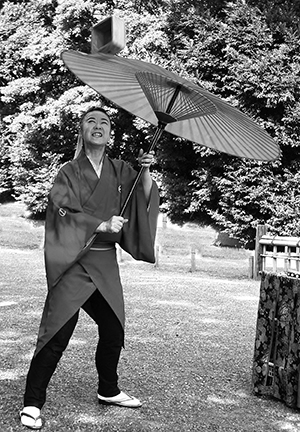 Not many people can definitively say how otedama, or Japanese juggling developed; ask anyone under the age of thirty five and they will not likely be able to do it, but their mother probably can, she almost certainly learned from her mother who learned from hers and so on.
Not many people can definitively say how otedama, or Japanese juggling developed; ask anyone under the age of thirty five and they will not likely be able to do it, but their mother probably can, she almost certainly learned from her mother who learned from hers and so on.
Although it has been played in Japan for over 1200 years, otedama reached its peak of popularity after World War II when other toys were hard to come by; otedama beanbags, known as ojami were sewn scraps of cloth filled with azuki beans and played with by girls between the ages of about 5 and 17. While many Japanese will tell you that otedama is the same as juggling, the two are actually not all that close; there are no crossing patterns but there are some complex balancing moves. At the most basic level otedama more closely resembles jacks; toss one bag up and while it is in the air, simply move a second ojami to the other hand, the next step is to move two, then three or four, moving one at a time while the thrown bag is in the air. More complicated moves involve catching the bags on the backs of the catching hand, requiring good balance as more and more bags are caught.
Otedama is often accompanied by songs but they are quickly being forgotten as very few children are learning the skill nowadays. Although western-style juggling is often featured on Japanese television and in theme parks, the traditional Japanese manipulative arts (such as kendama, or cup and ball, or koma/beigoma or tops) are fast disappearing. Some cultural centers will occasionally have demonstrations, almost always given by near-ancient Obasans of otedama at special events and it can sometimes be seen at festivals as well.
World Class Street Performers!
For an up close look at traditional otedama and more modern-world performances check out Daidogei in Shizuoka. This year marks the sixteenth incarnation of this world-leading street performance festival that includes a variety of performances by buskers from around the world. The event is put on by the city of Shizuoka as one of the city’s efforts to promote internationalization by introducing the people of Shiuoka to art and performers from outside Japan while introducing Shizuoka’s culture to people from all over the world.
Beginning in 1992 after several years of planning, this festival has grown to be one of the largest street performer festivals in the world, continually growing since its inception and now drawing over two million visitors every year. Those who make the trip to Shizuoka will enjoy top-notch performances by jugglers, magicians, acrobats, comics and musicians performing both on stage and on the streets and sidewalks of downtown Shizuoka city. The performers at Daidogei are selected by the organizing committee, which strives to bring only the most entertaining acts to the event, with many hopefuls not making the cut every year.
The main stage for Daidogei is located in Sumpu Park, however performances take place at other areas in Shizuoka, with impromptu performances sprouting up on surrounding streets and sidewalks. Especially for the main stage performances, it is important to arrive early to stake out a viewing spot, as these performances fill up quickly. Some visitors will bring ladders to stand on to get a better view, so don’t assume that you will be able to see just because you are tall. A brochure is prepared by the organizers listing what, where and when the acts are scheduled to perform and mapping out a route and game plan is strongly recommended.
People from all over the world perform at Shizuoka and local elementary school children are often out on assignment to visit with performers and spectators to learn more about people from different parts of the world.
Visiting Daidogei is a great option for a visit as it is only a one-hour train ride from Tokyo and just over an hour from both Nagoya and Osaka and approximately 2 hours from both Tokyo and Nagoya by car.
Some Advice
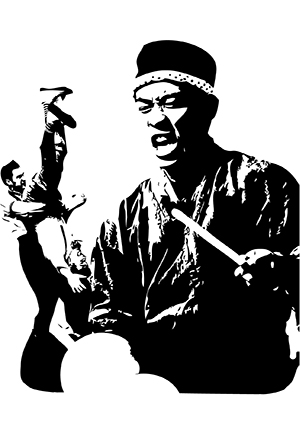 It is a good idea to get a brochure early and map out your course allowing time to get to each stage early for best viewing; at many performances, the seating area is the ground immediately in front of the performer, so be prepared with clothes you don’t mind getting dirty. There are cardboard periscopes on sale, and it is a good idea to get one, especially if you’re not able to get to the stages early enough to sit in front on the ground. Also be ready to be packed in with people standing right up next to you. At the main stage, people just keep coming in and spectators keep making room for them, so it can become very much like a Tokyo rush hour commute only much friendlier.
It is a good idea to get a brochure early and map out your course allowing time to get to each stage early for best viewing; at many performances, the seating area is the ground immediately in front of the performer, so be prepared with clothes you don’t mind getting dirty. There are cardboard periscopes on sale, and it is a good idea to get one, especially if you’re not able to get to the stages early enough to sit in front on the ground. Also be ready to be packed in with people standing right up next to you. At the main stage, people just keep coming in and spectators keep making room for them, so it can become very much like a Tokyo rush hour commute only much friendlier.
Daidogei runs from October 31 through November 3, Sunpu Park and Central Shizuoka City, tel: 054-205-9840, web: www.daidogei.com]
Story by James Souilliere
From J SELECT Magazine, October 2008

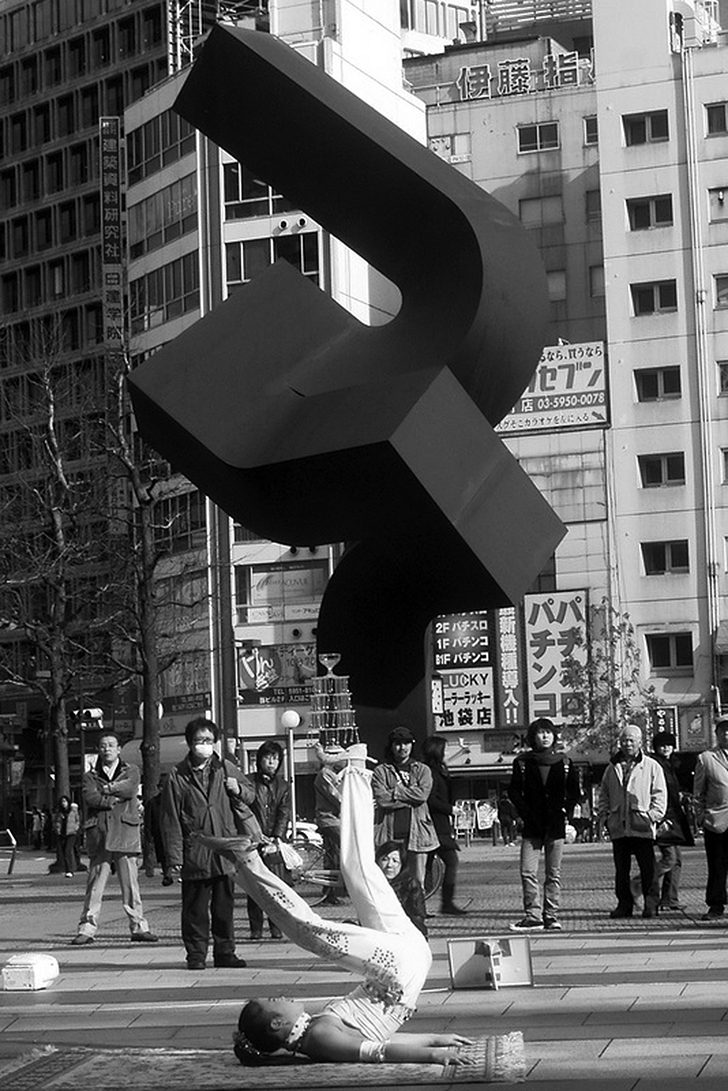

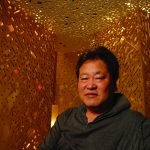

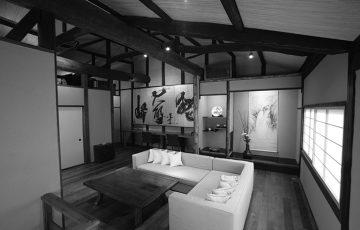
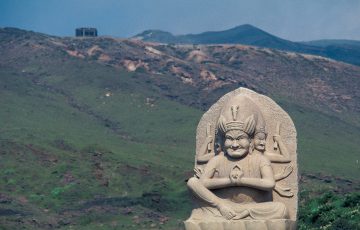
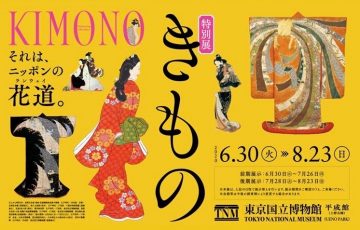
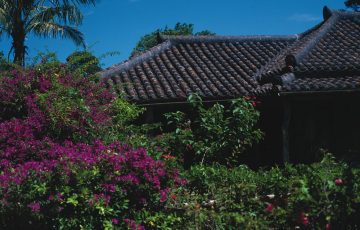

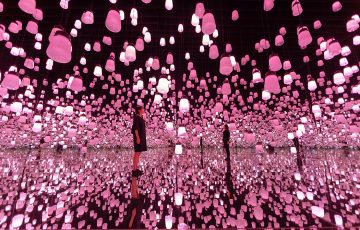
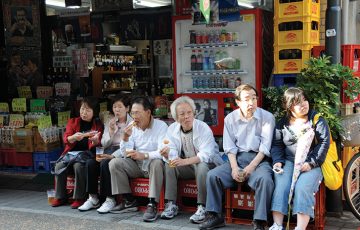



最近のコメント